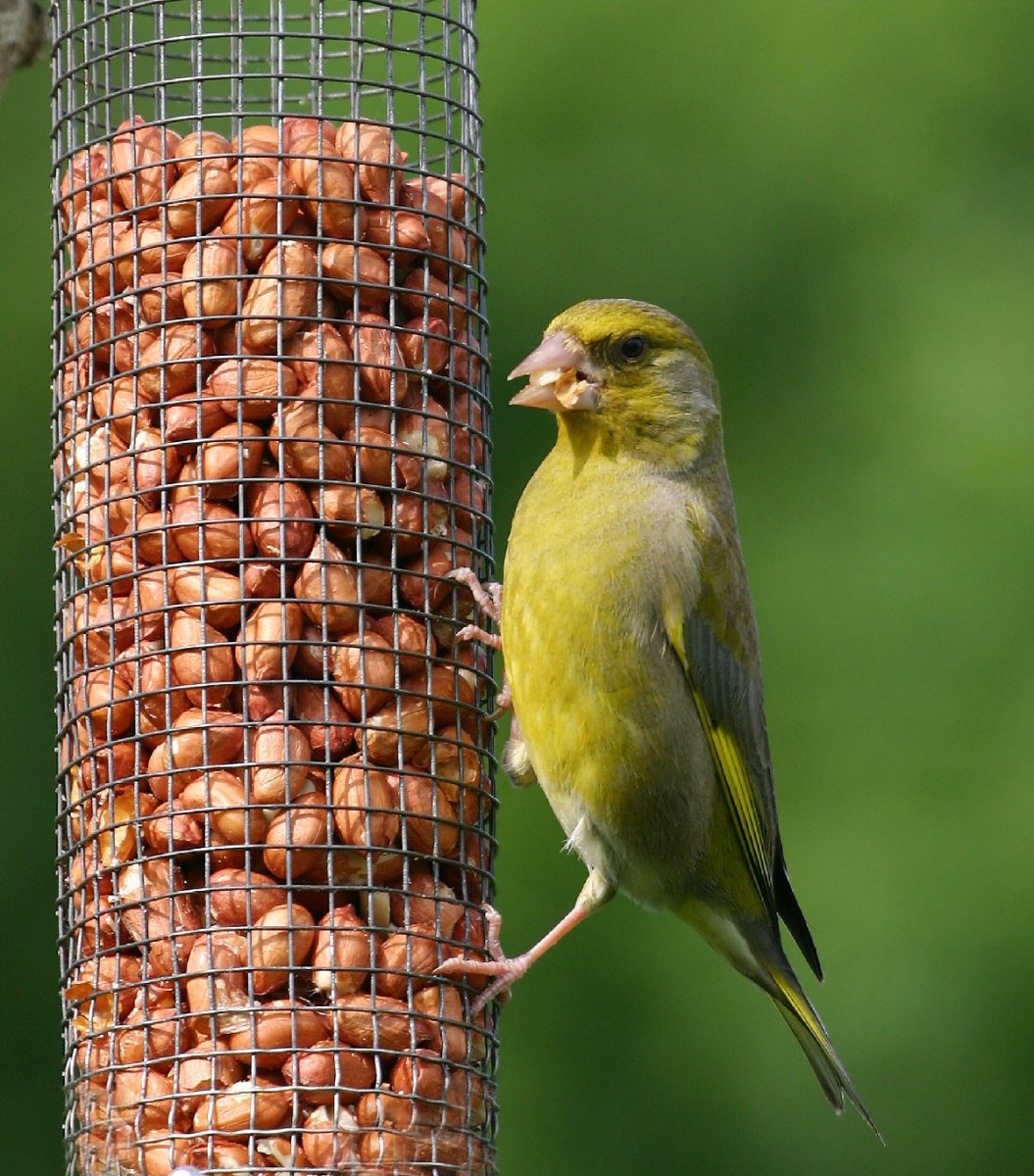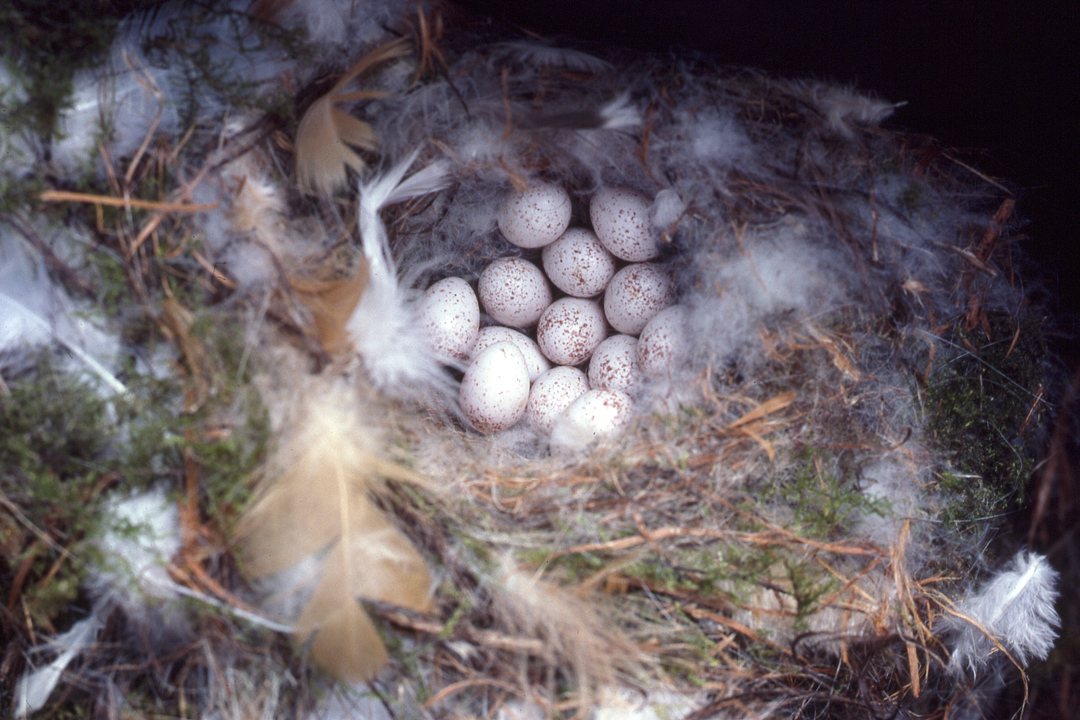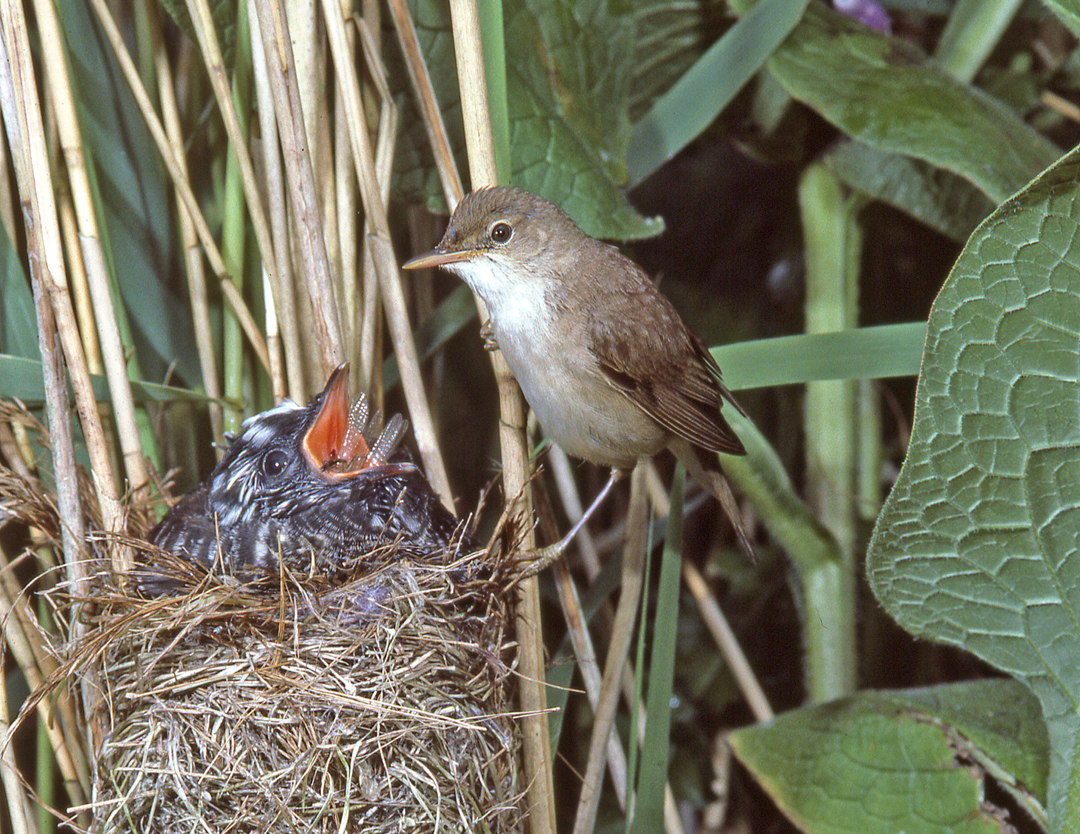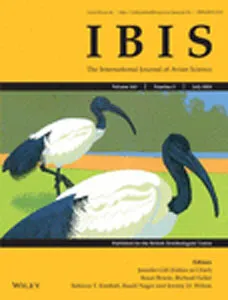BTO create and publish a variety of important articles, papers, journals and other publications, independently and with our partners, for organisations, government and the private sector. Some of our publications (books, guides and atlases) are also available to buy in our online shop.
Annual report of the Seabird Monitoring Programme
Seabird Population Trends and Causes of Change: 1986–2023
This report presents the latest seabird population trends in breeding abundance and productivity using data from the Seabird Monitoring Programme (SMP).
The report documents changes in the abundance and productivity of breeding seabird species in Britain and Ireland from 1986 to 2023, and provides a detailed account of the 2021, 2022 and 2023 breeding seasons.

Search settings
Effects of winter food provisioning on the phenotypes of breeding blue tits
Author: Plummer, K.E., Bearhop, S., Leech, D.I., Chamberlain, D.E., Blount, J.D.
Published: 2018
Our understanding of the impact of feeding wild birds is far from complete, but we are beginning to unravel the effects of providing foods at garden feeding stations. An important area of research has been to examine how supplementary foods shape populations through its impacts in individuals.
24.04.18
Papers

Tritrophic phenological match-mismatch in space and time
Author: Burgess M.D., Smith K.W., Evans K.L., Leech D., Pearce-Higgins J.W., Branston C.J., Briggs K., Clark J.R., du Feu C.R., Lewthwaite K., Nager R.G., Sheldon B.C., Smith J.A., Whytock R.C., Willis S.G., Phillimore A.B.
Published: Spring 2018
The increasing temperatures associated with a changing climate may disrupt ecological systems, including by affecting the timing of key events. If events within different trophic levels are affected in different ways then this can lead to what is known as phenological mismatch. But what is the evidence for trophic mismatch, and are there spatial or temporal patterns within the UK that might point to mismatch as a driver of regional declines in key insect-eating birds?
23.04.18
Papers

Characteristics determining host suitability for a generalist parasite.
Author: Stokke B.G., Ratikainen I.I., Moksnes A., Schulze-Hagen K., Leech D.I., Møller A.P., Fossøy F.
Published: 2018
Cuckoos have been documented using a range of host species but most of their eggs are laid in the nests of just a small number of species. Why do they select these species and to what extent might other species be suitable hosts, as yet unused to any great degree?
19.04.18
Papers

A review of raptor and owl monitoring activity across Europe: its implications for capacity building towards pan-European monitoring
Author: Derlink, M., Wernham, C., Bertoncelj, I., Kovacs, A., Saurola, P., Duke, G., Movalli, P. & Vrezec, A.
Published: 2018
18.04.18
Papers Bird Study
Spring migration strategies of Whinchat Saxicola rubetra when successfully crossing potential barriers of the Sahara and the Mediterranean Sea.
Author: Blackburn E., Burgess M., Freeman B., Risely A., Izang A., Ivande S., Hewson C., Creswell W.
Published: 2018
Migratory barriers, such as the Sahara Desert, are thought to present a challenge to small migrant birds like Whinchat, but how much do we really know about the strategies these birds use when crossing barriers and can these strategies provide resilience to future changes in barrier width that might arise from changes in climate and land-use?
13.04.18
Papers
